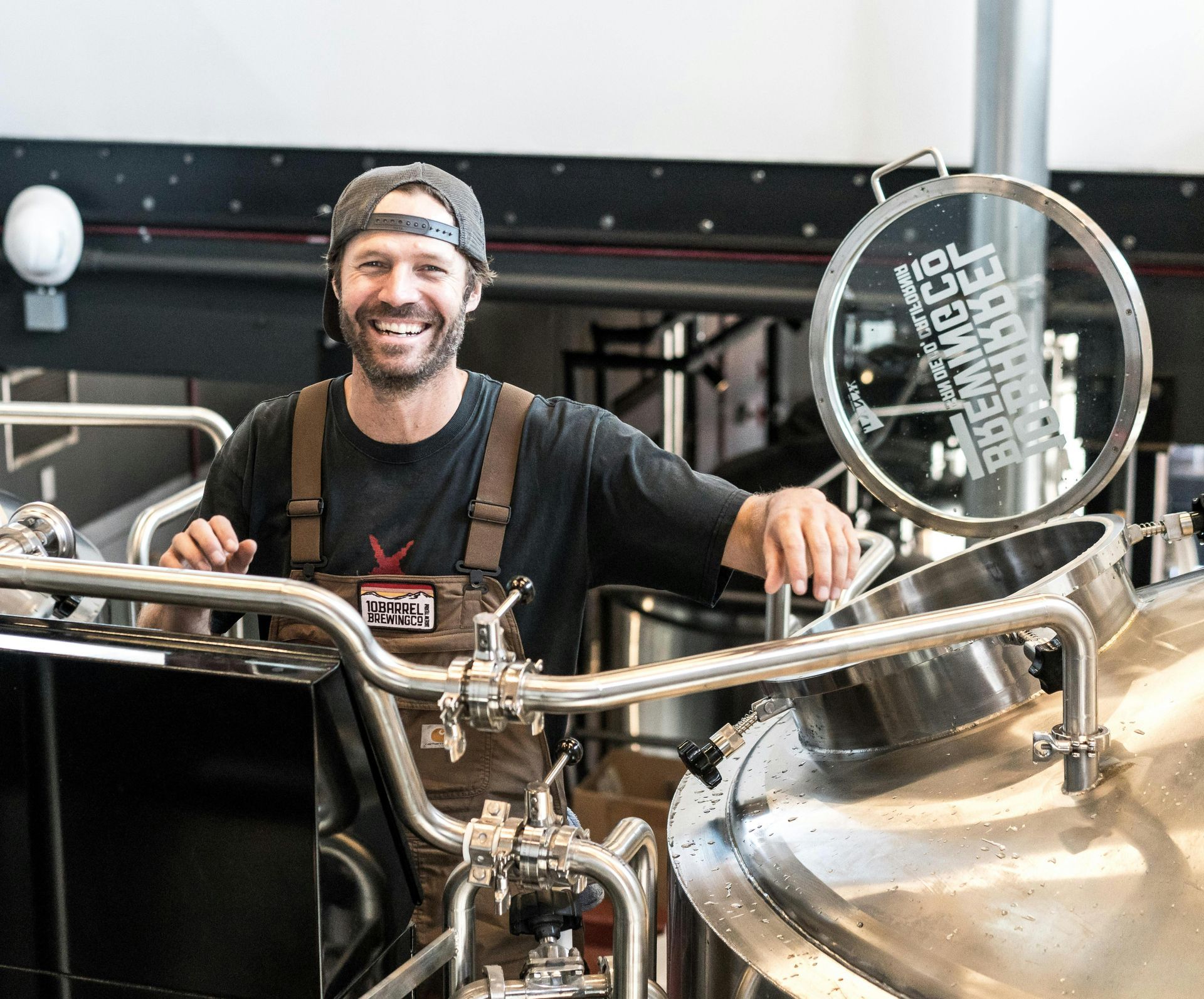Mixing Equipment in the Food & Beverage Industry: Ensuring Safety and Taste
In the dynamic world of food and beverage production, mixing equipment plays a pivotal role in ensuring product safety, consistency, and flavor. From blending sauces to homogenizing dairy products, the right mixing solutions are essential for delivering high-quality consumables that meet both regulatory standards and consumer expectations.
The Importance of Mixing in Food & Beverage Processing
Mixing is more than just combining ingredients; it's about achieving uniformity, texture, and stability in products. Proper mixing ensures that every bite or sip delivers the intended taste and mouthfeel, which is crucial for brand consistency and customer satisfaction. Moreover, effective mixing can enhance shelf life and reduce the risk of contamination by ensuring even distribution of preservatives and other additives.

Ensuring Safety Through Sanitary Design
Safety is paramount in food and beverage processing. Mixing equipment must adhere to strict sanitary standards to prevent microbial contamination. Features such as easy-to-clean surfaces, hygienic seals, and compliance with regulations like 3-A Sanitary Standards and EHEDG guidelines are essential. These design considerations help maintain product integrity and protect consumer health.
Enhancing Taste and Texture
The sensory attributes of food and beverages—taste, aroma, and texture—are significantly influenced by the mixing process. For instance, high-shear mixers can create fine emulsions in salad dressings, while gentle paddle mixers preserve the integrity of delicate ingredients in baked goods. Selecting the appropriate mixing technology ensures that the final product meets desired sensory profiles.
Types of Mixing Equipment in the Industry
The food and beverage industry utilizes a variety of mixing equipment tailored to specific applications:
- Ribbon Blenders: Ideal for dry powders and granular materials, ensuring uniform mixing.
- High-Shear Mixers: Used for emulsifying, homogenizing, and reducing particle size in products like sauces and dairy items.
- Paddle Mixers: Suitable for fragile ingredients, providing gentle mixing to maintain product integrity.
- Inline Mixers: Facilitate continuous mixing processes, enhancing efficiency and consistency.
Each type offers unique benefits, and the choice depends on factors like product viscosity, desired texture, and production scale.
Applications Across Food and Beverage Products
Mixing equipment finds applications across a broad spectrum of products:
- Dairy: Homogenizing milk and yogurt to prevent cream separation.
- Beverages: Blending juices, soft drinks, and alcoholic beverages for consistent flavor.
- Confectionery: Mixing ingredients for candies and chocolates to achieve desired textures.
- Bakery: Combining dough and batters uniformly for consistent baking results.
- Sauces and Dressings: Emulsifying oil and water phases to create stable products.
Each application demands specific mixing parameters to ensure product quality and safety.
Challenges in Mixing and How to Overcome Them
Despite its importance, mixing presents several challenges:
- Ingredient Variability: Differences in ingredient properties can affect mixing efficiency.
- Scale-Up Issues: Translating lab-scale mixing to industrial-scale can lead to inconsistencies.
- Equipment Wear and Tear: Continuous operation can lead to equipment degradation, affecting performance.
Addressing these challenges involves selecting appropriate equipment, regular maintenance, and process optimization to ensure consistent product quality.
Innovations in Mixing Technology
Advancements in mixing technology have led to improved efficiency and product quality.
- Automation and Control Systems: Enable precise control over mixing parameters, enhancing consistency.
- Energy-Efficient Designs: Reduce operational costs and environmental impact.
- Modular Equipment: Allows for flexibility in production lines, accommodating various products.
These innovations help manufacturers meet evolving consumer demands and regulatory requirements.
Selecting the Right Mixing Equipment
Choosing the appropriate mixing equipment involves considering several factors:
- Product Characteristics: Viscosity, particle size, and sensitivity to shear.
- Production Volume: Batch size and scalability requirements.
- Sanitary Requirements: Compliance with hygiene standards and ease of cleaning.
Consulting with equipment manufacturers and conducting pilot tests can aid in making informed decisions.
Maintenance and Cleaning Protocols
Regular maintenance and cleaning are vital for equipment longevity and product safety.
- Cleaning-in-Place (CIP) Systems: Automate cleaning processes, reducing downtime.
- Scheduled Maintenance: Prevents unexpected breakdowns and ensures consistent performance.
- Operator Training: Ensures proper handling and maintenance of equipment.
Implementing robust maintenance protocols helps maintain high production standards.
Regulatory Compliance and Standards
Adherence to regulatory standards is non-negotiable in the food and beverage industry:
- FDA Regulations: Ensure that equipment materials are food-safe.
- 3-A Sanitary Standards: Focus on hygienic design for dairy and other food processing equipment.
- EHEDG Guidelines: Provide best practices for hygienic equipment design and maintenance.
Compliance ensures consumer safety and protects brand reputation.
Future Trends in Mixing Equipment
The mixing equipment landscape is evolving with emerging trends:
- Smart Technologies: Integration of IoT for real-time monitoring and predictive maintenance.
- Sustainable Designs: Focus on energy efficiency and reduced waste.
- Customization: Tailored solutions to meet specific product and process requirements.
Staying abreast of these trends can provide a competitive edge in the market.
Conclusion
Mixing equipment is integral to the food and beverage industry, impacting product safety, quality, and consumer satisfaction. By understanding the various types of mixers, their applications, and maintenance requirements, manufacturers can optimize their processes and deliver superior products.
For more insights on mixing equipment and its applications, explore our related resources:
- Mixing Equipment Must Blend in Safety and Consistency
- 3 Keys to Selecting the Right Mixer or Blender for Food Applications
If you have any questions or need assistance in selecting the right mixing equipment for your operations, feel free to reach out to us.

